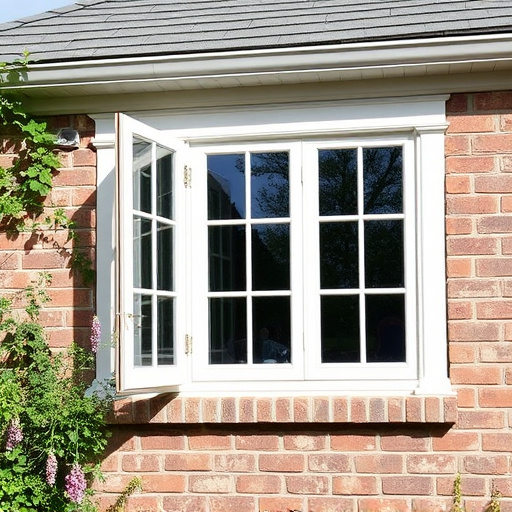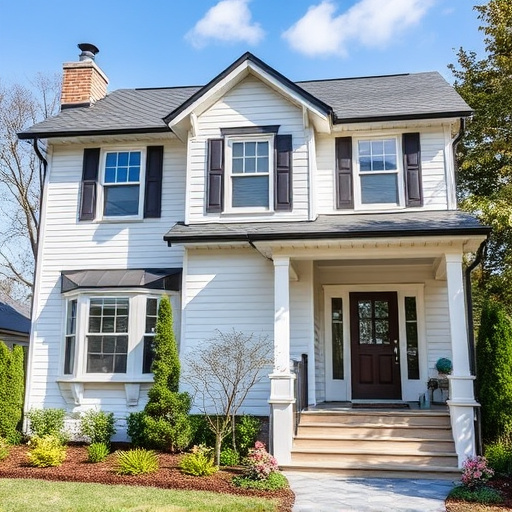Before designing a new kitchen, assess your culinary needs, existing space, and traffic flow for optimal functionality. Evaluate appliance placement, storage requirements, and consider non-traditional layouts like prep areas or dining nooks to create a stylish and practical hub. Prioritize counter space, stove accessibility, and efficient traffic flow for a satisfying culinary experience in any new kitchen.
Blending style and function in a new kitchen is an art that transforms your culinary space into a stunning, practical oasis. This guide navigates the process, from assessing layout and needs to selecting design elements that beautifully serve both aesthetics and use. We explore diverse styles, colors, and materials while incorporating smart features for modern functionality. By understanding your space and incorporating thoughtful design choices, you’ll create a new kitchen that’s both a joy to use and a captivating visual treat.
- Understanding Your Kitchen Layout and Needs
- – Assessing space and functionality
- – Identifying key areas for optimization
Understanding Your Kitchen Layout and Needs

Before tackling any new kitchen design or whole house remodels, it’s imperative to grasp your culinary needs and existing space. Take stock of how you currently use your kitchen: do you have a penchant for gathering around the island for family meals? Or is it more about quick prep and clean-up in a compact workspace? This understanding will guide your decisions on layout and design. Consider the flow of traffic, placement of appliances, and storage needs—all crucial factors in creating functional spaces that seamlessly integrate style.
Additionally, assessing the overall layout of your home can inform floor replacements or adjustments to maximize both form and function. Think about how you move through your house and where you spend the most time. By aligning your new kitchen design with these patterns, you can create a space that feels both inviting and efficient—a true oasis in your home.
– Assessing space and functionality

When designing a new kitchen, understanding your space and its functionality is key. Start by evaluating the layout of your existing area or the dedicated space for the new kitchen. Consider the flow of movement; how will people navigate from the dining room to the kitchen, and where will appliances and storage be accessible? The goal is to create functional spaces that support daily routines without feeling cramped.
Think beyond the standard triangle of sink, stove, and refrigerator. Assess if there’s room for a dedicated prep area, an island with seating, or even a small dining nook within the kitchen itself. This strategic planning ensures your new kitchen not only looks stylish but also serves as a hub for family and friends, much like a beautifully redesigned bathroom remodel that seamlessly blends aesthetics and practicality.
– Identifying key areas for optimization

When designing a new kitchen, understanding what features truly enhance functionality is key. Start by evaluating the layout – do you have enough counter space for meal preparation? Is your stove easily accessible for cooking and baking? Consider the flow of traffic as well; a chaotic kitchen can make even the simplest tasks more difficult. Think about storage options too – are there ample cabinets and drawers to keep your space organized?
Identifying these key areas for optimization will help guide your home remodeling process, ensuring that your new kitchen and bath is both stylish and practical. Whether you’re adding a kitchen as part of home additions or renovating an existing one, prioritizing functionality will make your culinary experiences more enjoyable and efficient in the long run.
When designing a new kitchen, balancing style and function is key. By carefully assessing your layout and understanding your needs, you can create a space that’s both visually appealing and highly functional. Identify optimization opportunities, consider storage solutions, and choose aesthetics that complement your lifestyle – from sleek appliances to natural materials – for a harmonious kitchen that elevates your culinary experiences.














